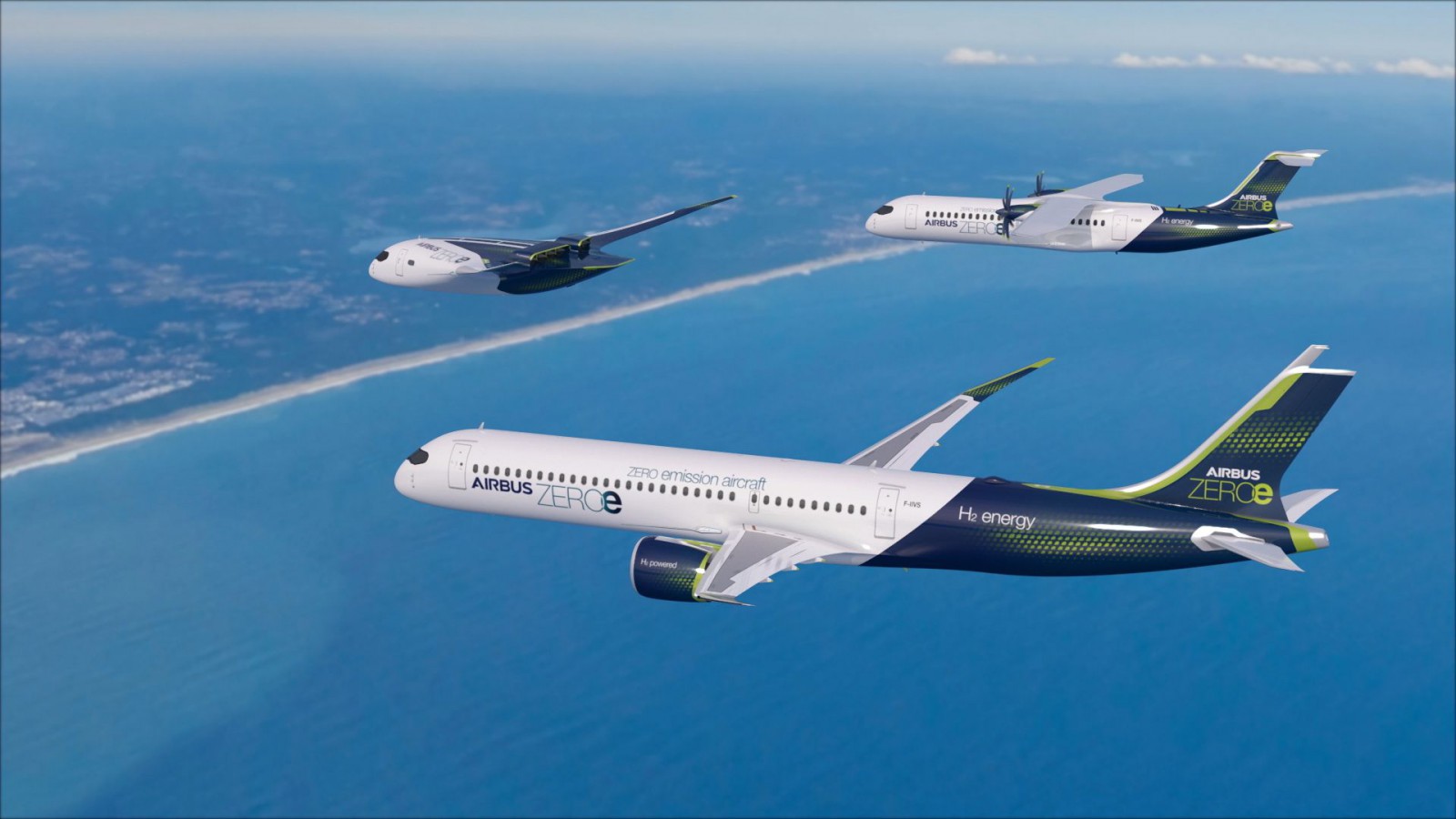Airbus is stepping up efforts to build hydrogen tanks for the next generation of aircraft by creating Zero-Emission Development Centres (ZEDC) at its sites in Bremen (Germany) and in Nantes (France).
The aim of ZEDC is to achieve cost-competitive cryogenic tank manufacturing to support the successful future market launch of ZEROe (Zero Emissions Aircraft) and to accelerate the development of hydrogen-propulsion technologies.
Airbus says that the design and integration of tank structures are crucial to the performance of a future hydrogen aircraft.
The technology developments will cover the full product and industrial capabilities from elementary parts, assembly, systems integration and the cryogenic testing of the final liquid hydrogen (LH2) tank system.
Both ZEDCs will be fully operational by 2023 to build LH2 tanks with a first flight test scheduled for 2025.
READ: Qatar Airways promises flexibility for your next holiday.
Airbus chose its site in Bremen because of its diverse setup and decades of LH2 experience within Defence and Space and ArianeGroup and the Nantes site because of its extensive knowledge in metallic structural technologies related to the centre wing box, including the safety-critical centre tank for commercial aircraft.
The tank is a safety-critical component, for which specific systems engineering is needed. LH2 is more challenging than kerosene because it needs to be stored at -250 °C to liquefy.
Liquidity is needed for increased density. For commercial aviation, the challenge is to develop a component that can withstand repeated thermal and pressure cycling which an aircraft application demands.
Airbus says that it is expected that near-term LH2 tank structures for commercial aircraft applications will be metallic, however, the potential performance opportunities associated with carbon-fibre-reinforced polymer composites are high.
Airbus unveiled the world’s first zero-emissions concept aircraft in September 2020, with three revolutionary designs that could enter service by 2035.
Airbus said these concepts each represent a different approach to achieving zero-emission flight, exploring various technology pathways and aerodynamic configurations in order to support the Company’s ambition of leading the way in the decarbonisation of the entire aviation industry.
The three concepts – all codenamed “ZEROe” – for a first climate-neutral zero-emission commercial aircraft include:
A turbofan design (120-200 passengers) with a range of 2,000+ nautical miles, capable of operating transcontinentally and powered by a modified gas-turbine engine running on hydrogen, rather than jet fuel, through combustion. The liquid hydrogen will be stored and distributed via tanks located behind the rear pressure bulkhead.

A turboprop design (up to 100 passengers) using a turboprop engine instead of a turbofan and also powered by hydrogen combustion in modified gas-turbine engines, which would be capable of travelling more than 1,000 nautical miles, making it a perfect option for short-haul trips.

A “blended-wing body” design (up to 200 passengers) concept in which the wings merge with the main body of the aircraft with a range similar to that of the turbofan concept. The exceptionally wide fuselage opens up multiple options for hydrogen storage and distribution, and for cabin layout.

























